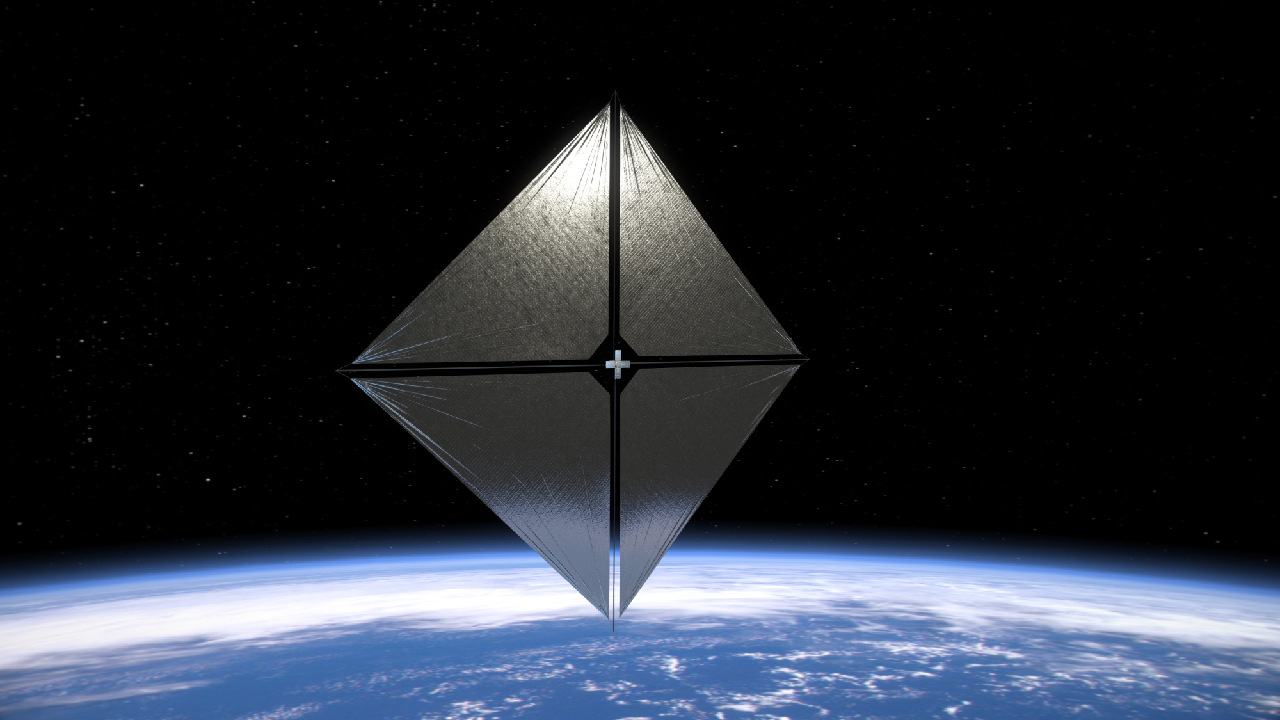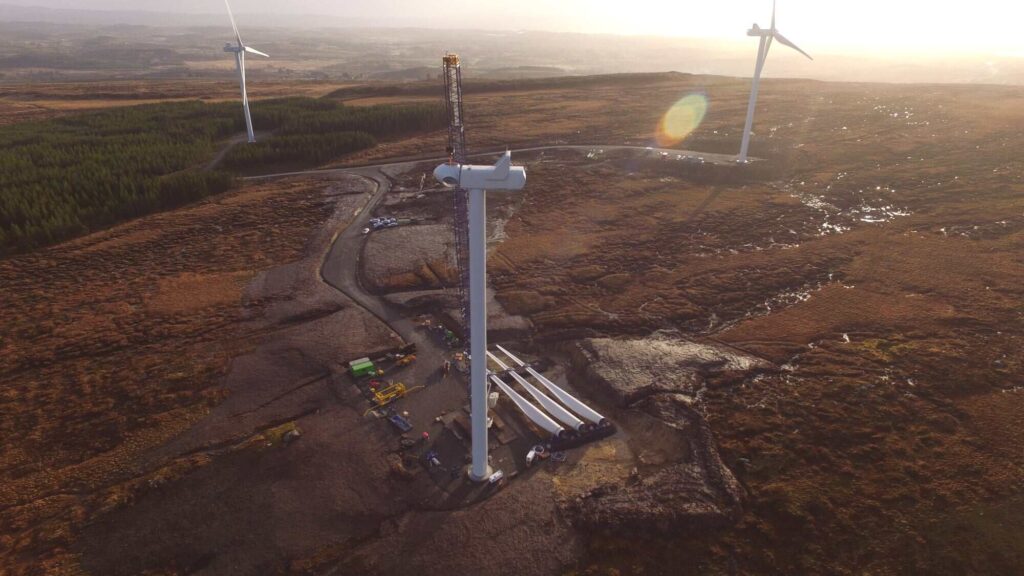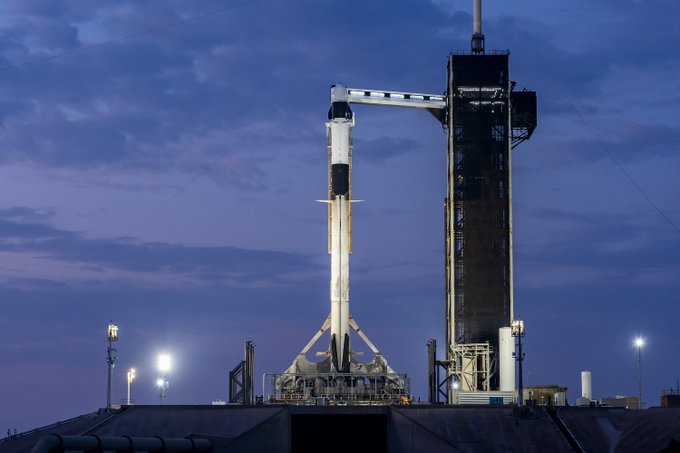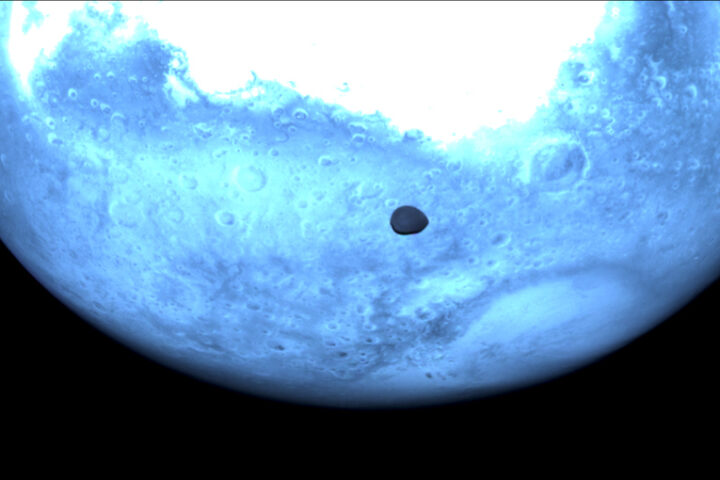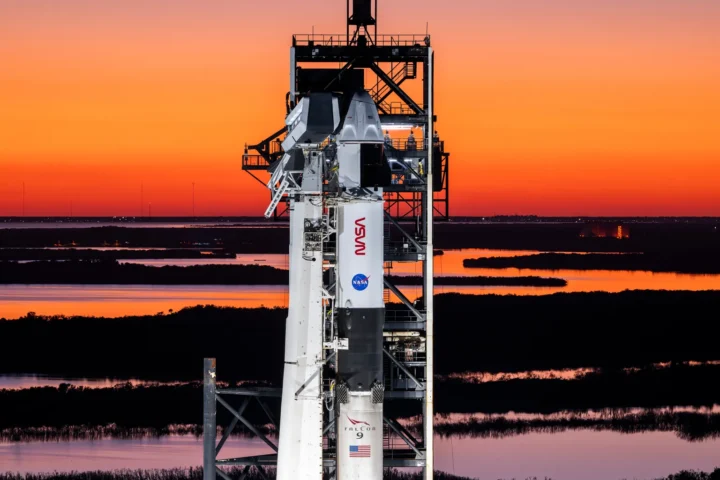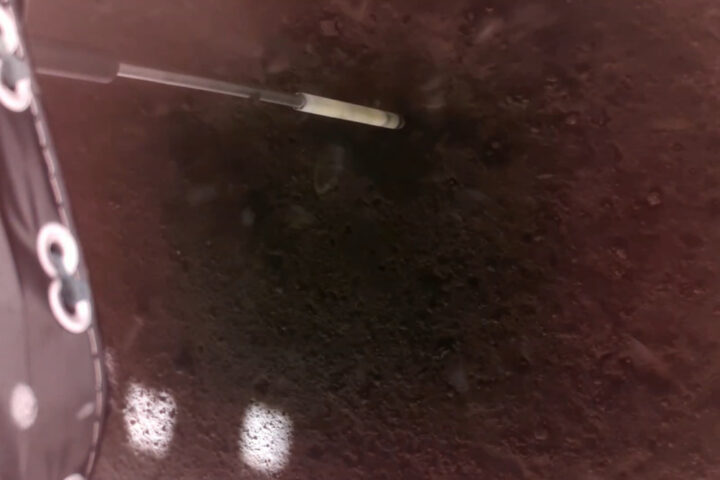The experimental solar sail of NASA is ready to launch into Earth’s orbit, using the pressure of sunlight to test a new method of propulsion through the cosmos.
The launch of the Advanced Composite Solar Sail System (ACS3) is scheduled for Tuesday, April 23, aboard Rocket Lab’s Electron rocket from New Zealand. The mission will use composite booms in Earth orbit for the first time, testing their ability to deploy the sail in orbit.
The rocket will deploy cubes the size of a microwave approximately 600 miles (966 kilometers) above Earth (more than double the altitude of the International Space Station), where it will begin to deploy its solar sail panel to extend 30 feet (9 meters) on each side.
The deployment process will last about 25 minutes, and NASA has equipped the mission with a set of onboard digital cameras to capture images of the sail during and after deployment to assess its shape and alignment.
Once deployed, the solar sail system will be approximately the size of a small studio in Bushwick. The sail must be large enough to generate thrust effectively and be in a high enough orbit to gain altitude and overcome atmospheric resistance using the small force of sunlight on the sail, which is roughly equivalent to the weight of a paperclip placed on your palm, according to NASA.
Engineers at NASA‘s Langley Research Center are testing the deployment of the solar sail from the Advanced Composite Solar Sail System.
The solar sail will be deployed using four composite arms that will span the diagonals of the square to reach 23 feet (7 meters) long. They function similarly to the boom of a sailboat, except they are designed to capture the propulsive power of sunlight instead of wind. The composite booms are made of a polymeric material; they are lightweight yet rigid and resistant to bending and warping when exposed to different temperatures.
The initial flight phase of the mission will last about two months and will include a series of pointing maneuvers to demonstrate orbit ascent and descent using only the pressure of sunlight acting on the sail, wrote NASA.
Similar Posts
Solar sails operate with photons from the Sun, causing small bursts of impulse that propel the spacecraft further away from the star. If a spacecraft can overcome the resistance of Earth’s atmosphere, it could reach very high altitudes.
In theory, solar sails can operate indefinitely. However, they are limited by the durability of the solar sail materials and the spacecraft’s electronic systems. The Planetary Society’s LightSail 2 was launched in June 2019 and gained 3.2 kilometers (2 miles) of altitude just two weeks after deploying its 32 square meter (344 square feet) solar sail. In November 2022, the mission ended after it began to lose altitude and re-entered the Earth’s atmosphere.
The legacy of LightSail 2 has inspired several other missions in its wake, including ACS3, as well as NASA’s NEA Scout mission to a near-Earth asteroid and the NASA Solar Cruiser (planned for launch in 2025).
